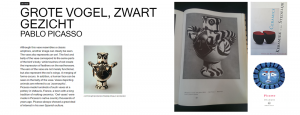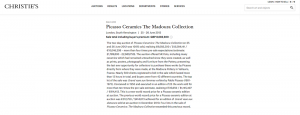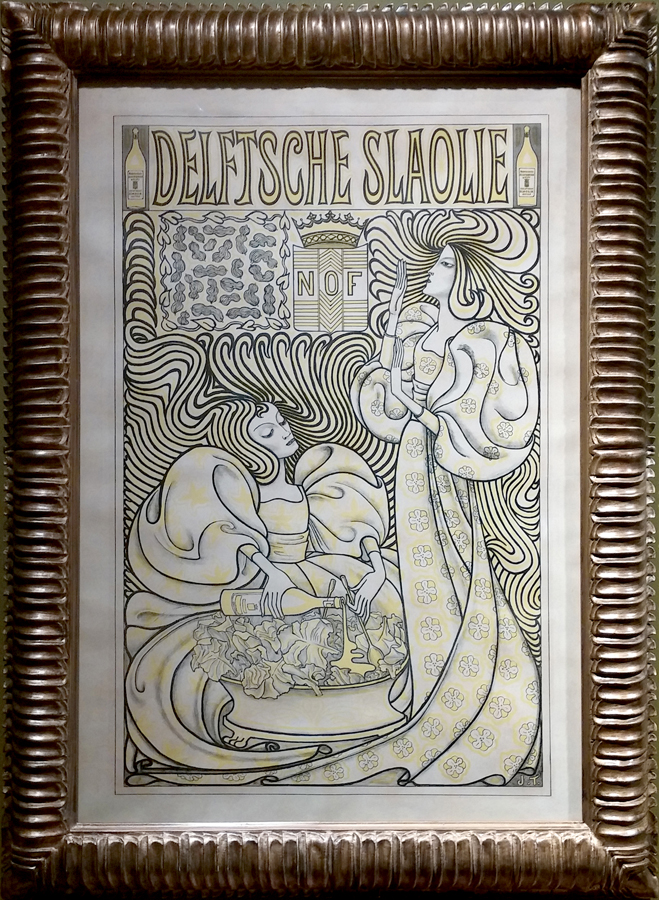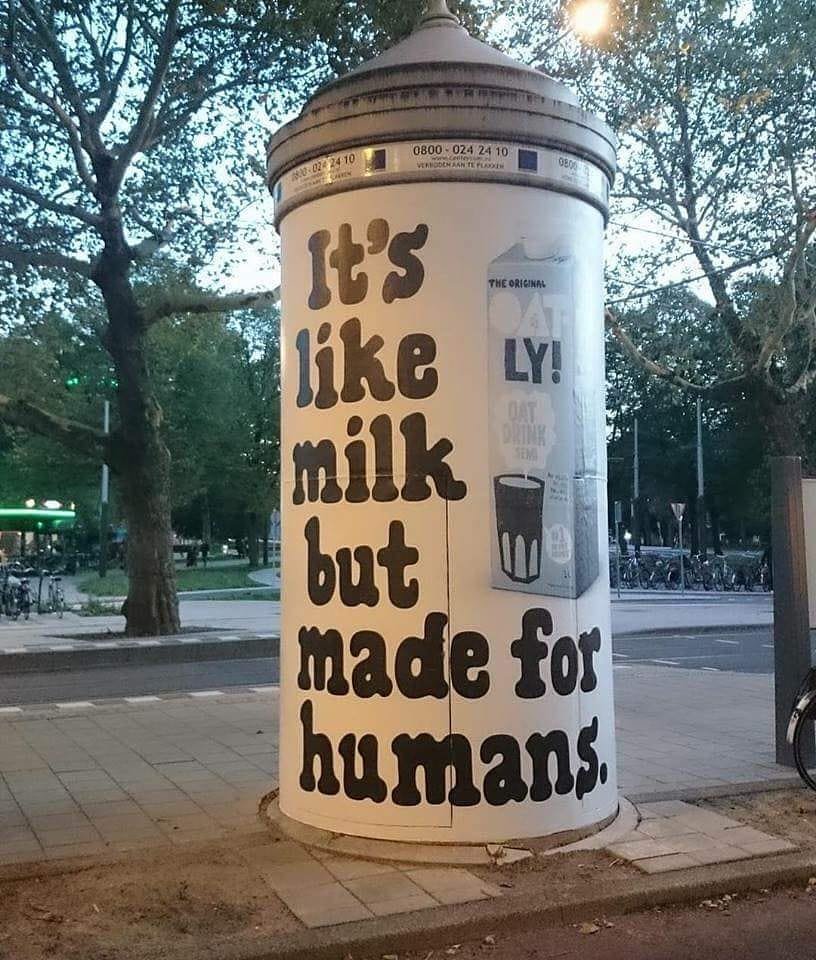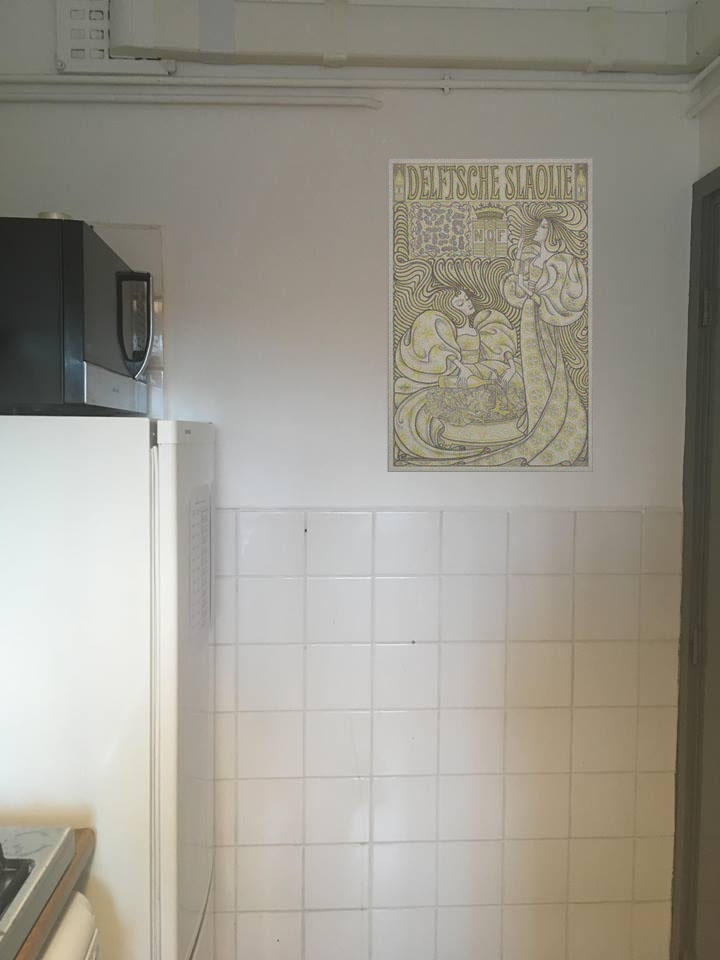While walking through the basement of the Stedelijk, one object‘s shape caught my eye. When I looked again I saw such a friendly face looking back, cheerfully. I wondered why it was such a friendly face. I noticed a lack of bright colours. But this – what I thought to be at this point a birdmanvaseface – looked so happy and alive, with his wobbly and alive-like-lines and flappy wings or its little beak.
First I tried to search online for this bird and it first brought me to the website of the Stedelijk Museum. Here it is described and documented and in which publications it is mentioned. The second things I found were different spices of Picasso’s ceramics which have been auctioned off back in 2012. Soon I realised that this same auctionhouse/their website, had a whole collection of these ceramics. They called it the Madoura Collection, the best Pablo Picasso auction that has ever been and will be.
The Auction House Christie’s made a film about the collection. After seeing this film I wondered they sold over 500 ceramic pieces of Picasso so statistically speaking they also could have Picasso’s bird vase. So I set upon the quest to scroll through the entire collection and see if I could find it. There were similar vases but they did not have the bird face so I kept on scrolling, until I got half way through, when I found it.
I learned from the auctionfilm, that Picasso was working with the Ramié family in 1946. After a year he returned and stayed working with the family, was living in the same area till he died in 1973. So he must have had a lot of pleasure making these ceramics and maybe that pleasure you see in this bird vase.
Because now I new of two vases which were the same, I wondered how unique is this vase. So I looked into the catalogue of the auction and learned that this vase was executed in an edition of 25.
My last “issue” with this beautiful vase (in fact with all ceramic vases by Picasso) is that you never see the vase being used as a vase: for example on a kitchen table, in a window or as an mantelpiece. I think it is a kind of sad that this vase is always in some kind of studio/museum setting and never in a real environment. Because of several reasons: According to the lady of the video Picasso wanted anybody to come in and buy a piece of his ceramics with their pocket change. That is, I think, the main reason, so many pieces are made.
For us, poor people who are not willing or “able” to buy a 300,000 Euro vase, it is hard to imagine how the vase would look like in a natural environment. In other words for our first impression of the vase we have to read how big it is, to read how the texture is and to guess which flowers I can put in: I mean what kind of vase is this? Would big sunflowers look good, or would daisies look even better. Because after all, it’s still a vase and when it’s used for it’s purpose then a vase filled with flowers gets an extra dimension and can glow with radiance.
I have studied many Picasso’s, paintings, ceramics and pictures of his studio’s and for what I have seen, he himself is very practical with his work. The following pictures show how this statue of a goat is often a cheerful object in his daily life. The only picture of two vases near some flowers shows again that the object is not used for its purpose. Nevertheless this particular picture shows what some colorful hydrangeas do for those vases.
My point of view is that a few beautiful sunflowers in Picasso’s bird vase would certainly give an extra dimension to the vase.

